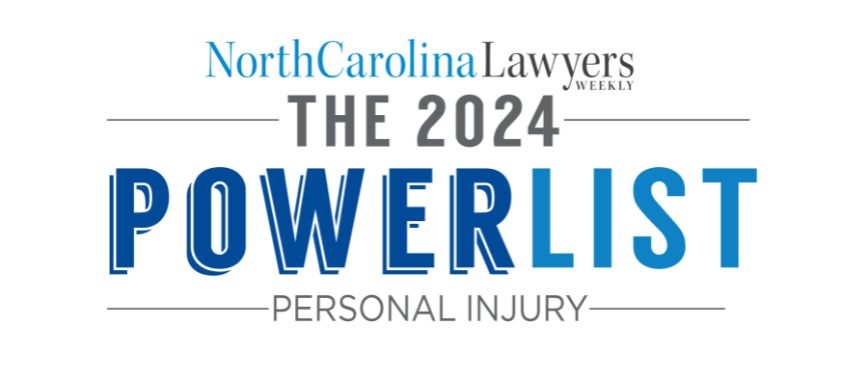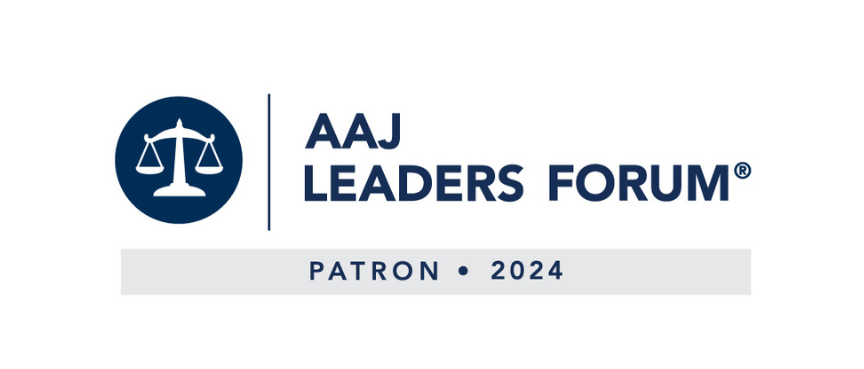For consumers, unexpected fees are an aggravating and sometimes damaging part of banking. For financial institutions, they are an important source of revenue. The Consumer Financial Protection Bureau estimates banks made over $15 billion in overdraft and non-sufficient fund (NSF) fees in 2019- a number that has only increased in the preceding years.
Fortunately, the tide began to turn against predatory bank practices in 2020. Ally bank and several credit unions decided to stop charging overdraft and NSF fees in response to the hardships brought on by the pandemic. The trend is continuing this month with Capital One, the sixth largest bank in the United States, which announced its groundbreaking decision to ban these fees. Despite recent news of several banks ditching overdrafts all together, three of the biggest banks in the US have no intention of slowing down. JP Morgan Chase, Wells Fargo and Bank of America generated 40% of all fees.
Background
An overdraft fee is a charge issued by a banking institution when a customer attempts to withdraw an amount that exceeds their checking or savings balance. The transaction goes through, leaving the customer with a negative balance. Because the bank has essentially paid for the transaction, it will charge a fee averaging $35 in addition to the amount owed.
Federal regulation handed down in 2010 requires banks to ask consumers for consent before enrolling them in an overdraft program. If a customer does not “opt-in”, he or she cannot be charged a fee for exceeding the account’s balance. However, the law only applies to ATM and debit transactions– recurring and preauthorized payments are exempt.
Similarly, an NSF fee occurs when a customer does not have overdraft protection. The vendor declines the transaction and the bank charges a fee for attempting the transaction in the first place.
Avoiding fees
Banks advise consumers to do the following to avoid paying costly payments:
- Use online banking
- Track expenses on paper or online tools
- Set up balance alerts
- Speak to the bank about alternatives to overdraft fees
Unfortunately, these tips don’t defend consumers who are more likely to be victimized by unfair banking practices. It is well documented that lower income banking customers are more frequently on the hook for fees. In fact, 9% of account holders pay 80% of all fees. That subset of customers had on average $350 or less in their accounts.
Common ways banks break the law
There are several things financial institutions do to get the most out of their customers. Recently, the following trends have been trend we’ve seen in overdraft cases is reordering.
Reordering
Federal law allows banks to charge one overdraft per transaction. By reordering the transactions that put a customer over their limit, they can technically collect several fees at once.
For example, imagine you have $50 in your bank account. If you make 5 small purchases that end up leaving you with a zero balance, and then you make one larger purchase at the end of the day. You may be under the impression that you will only face one charge for that day. However, the bank might reorder those transactions. By placing the largest charge first and then the smaller charges, it can tack on 6 fees in total.
Misrepresenting Charges
A recent class action levied against NBT bank alleges the institution inappropriately assessed overdraft fees on charges that did not put the customer at a negative balance.
If you are one of the millions of Americans who uses a debit card frequently, you may be familiar with the difference between an “available” balance and a “running” balance. When a customer uses a debit card, the bank adjusts a customer’s balance in real time to reflect the transactions precisely at that moment. The bank will sequester the funds needed to pay for the transaction while the charge processes (usually a few days). The running balance shows how much the customer still has available until the available balance catches up.
The suit against NBT states customers were misled by the bank’s practice surrounding running and available balances. The bank held those sequestered funds off-limits for other transactions, but still charged overdraft fees. The plaintiffs say they were charged overdraft fees on those sequestered charges because they went into a negative balance while those charges were still pending. This means they were charged double the overdraft fees- once for the initial negative balance, but also once for the charges that were supposedly set aside before the charge was completed. The class action calls this practice “deceptive, unfair, and unconscionable” that is structured to maximize NBT’s profits.
Combined fees
A 2021 suit against TD Bank sheds light on another sneaky way financial institutions use overdraft and NSF fees to gouge consumers. A Florida customer alleges the bank charged $70 in fees to process a single $100 transaction. The withdrawal, the plaintiff says, was an accidental overdraw for a one time transfer to another bank.
TD charged an NSF fee of $35 (as per the contract) when the overdraw occurred. However, the bank continued to attempt the transaction and charged an overdraft fee for another $35. An overdraft fee pays the transaction for the customer, thus negating the need to rerun a failed transaction. But TD first charged an NSF fee and the transaction failed. Then, the bank charged an overdraft fee when processing the claim a second time.
The customer contract explicitly states a fee will be assessed per item, but the class action has evidence that the institution is regularly charging two or more fees for the same item.
Representation for illegal banking fees
Maginnis Howard is proud to fight back against financial institutions who take advantage of customers. If you have been the victim of unwarranted overdraft or NSF fees, please contact our firm’s consumer protection attorneys. Our results speak for themselves, and our clients are our number one priority. Reach us by phone at (919) 526-0450 or send us an email through our contact page.






